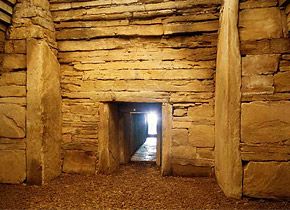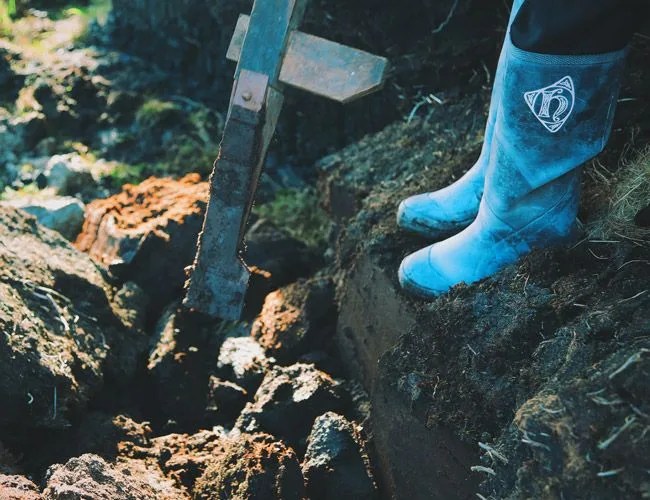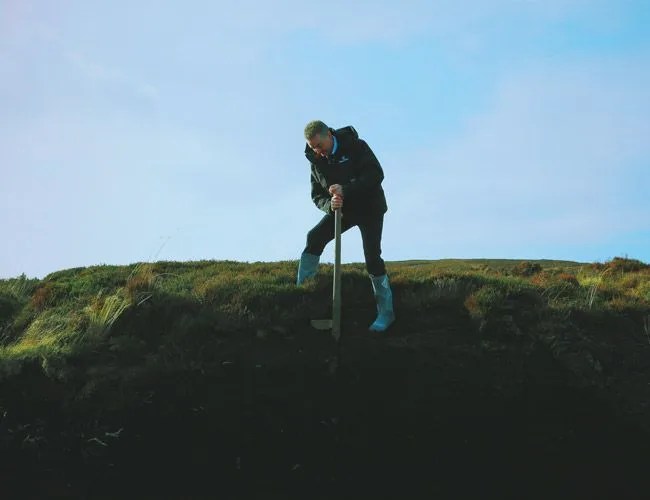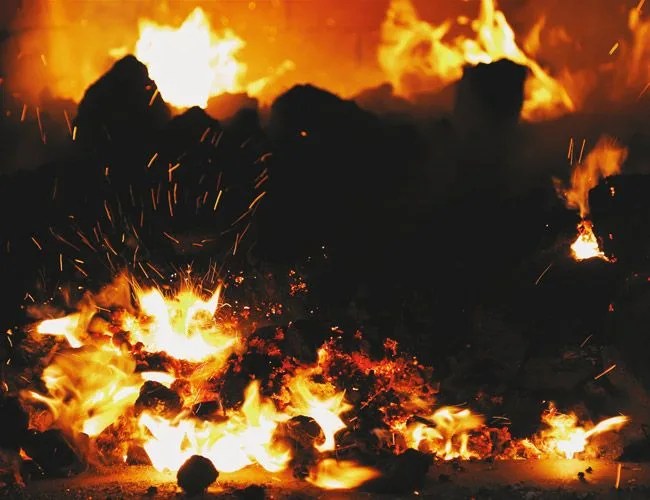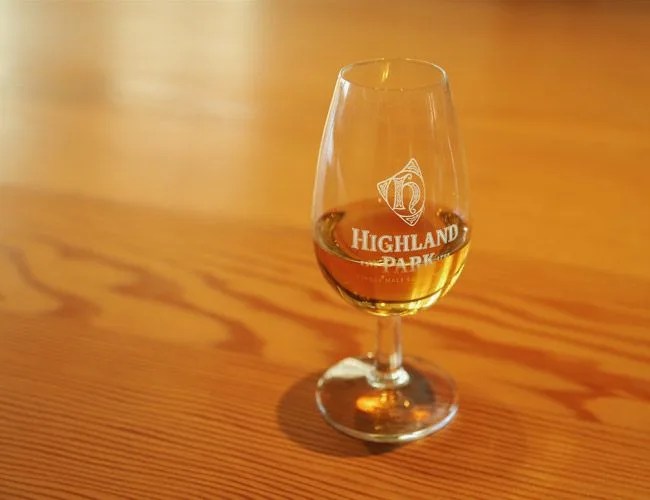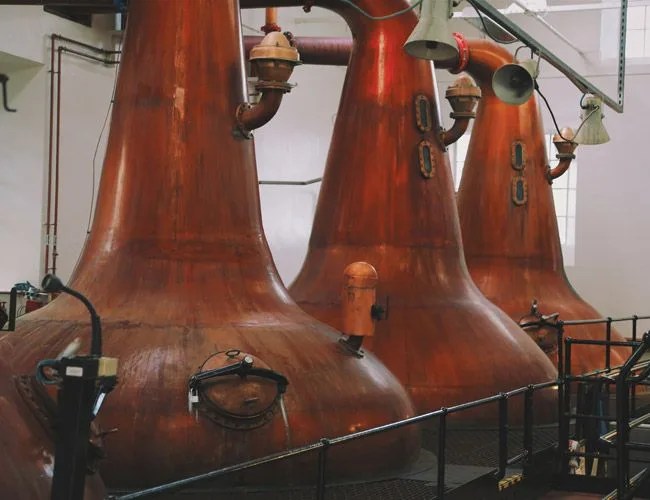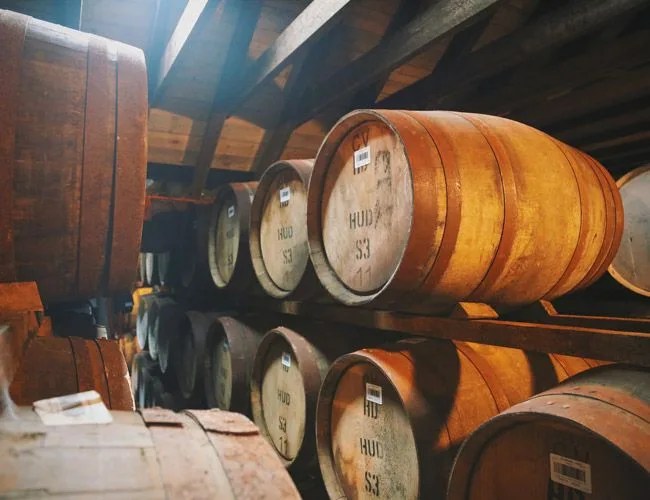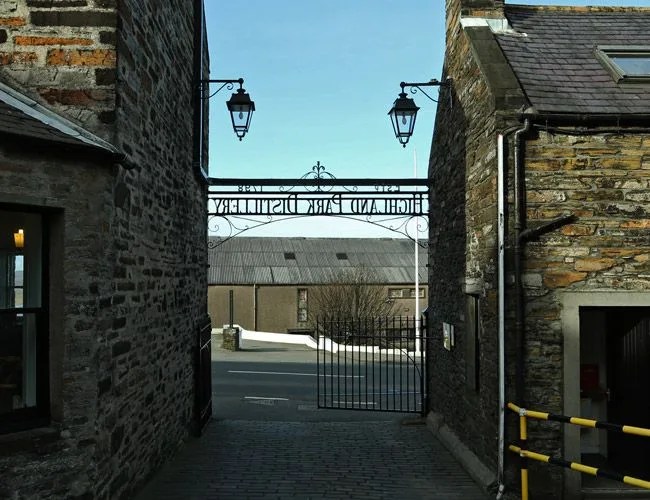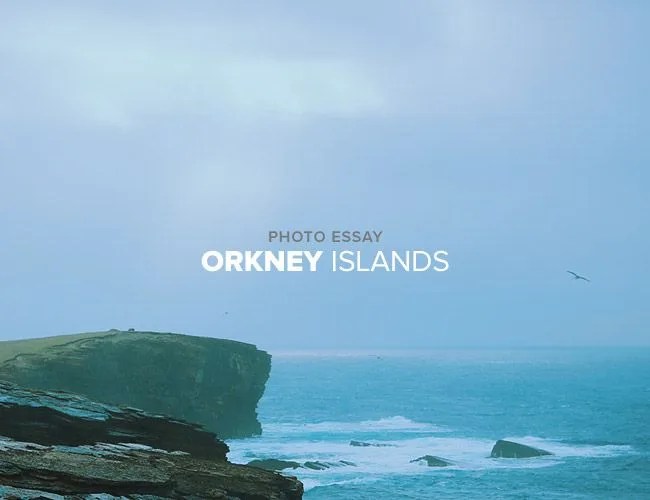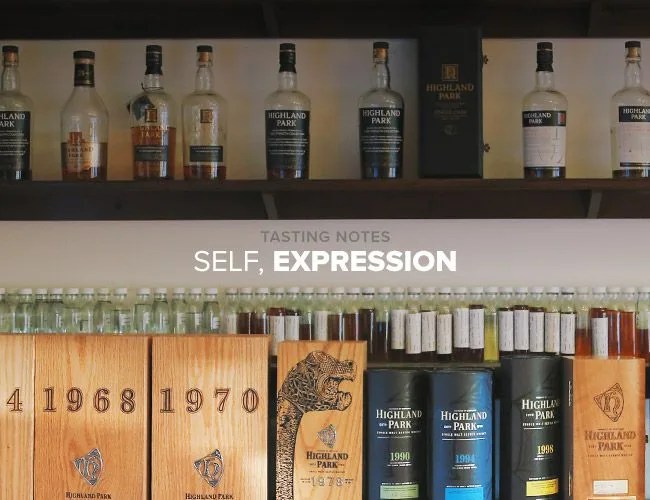There’s a darkness to the waters of the North Atlantic in April. (Or was it the North Sea? My knowledge of oceanic borders was fuzzy.) Whitecaps divided the brawling ocean into sloppy lanes, enhancing the blackness between them. It was 10 a.m. on a Monday, and I had already started drinking.
The excellent dram an hour earlier in the Edinburgh airport kept me distracted from the sobering scene below. A lesson from college had resurfaced; it turns out that a buzz and lack of sleep form a potent team. Grim visions weren’t typically my style anyway. But my inner monologue was channeling Jeff Goldblum circa Jurassic Park, determined to punch holes in the safety spiel as I peered through the plane’s windows at the sea. ‘If our scrappy prop plane went down and somehow survived the crash, rafts might very well inflate at the exits, but our yellow plastic saviors wouldn’t be beating this particular piece of ocean. Not by a long shot.’ Idris Elba’s head peeked out from backseat pocket in smug agreement.
The gut checks and rattle of overhead bins subsided as we neared the airport. The modern convenience of air travel proved sound: we had made it to Kirkwall in under an hour and the weather had shifted for the better. Clear skies and sunlight coaxed color from the formerly black waters, releasing hints of green and blue.
Glass display cases scattered throughout the airport’s hanger-sized “terminal” are a cheat sheet to the community’s various claims to fame. Hand spun wool, celtic-style jewelry, replicas of Viking artifacts and war memorabilia made for the kind of eclectic visual buffet you encounter visiting the homes of your grandparents. I was there for the bottles of whisky gleaming at eye level.
A full Scottish breakfast of eggs, sausage, haggis, grilled tomatoes, beans, mushrooms and tattie scones was making fast work of my morning single malt. My jet lag prevention strategy was also shot to shit. I needed a syringe of adrenaline rammed through my sternum, but would settle for a strong cup of coffee. School was almost in session, and I wasn’t sleeping through a lesson plan like this.
From Mainland to Mainland
4 photos
The northern Scottish archipelago of Orkney, comprised of approximately 70 islands, isn’t all that remote by today’s standards. Its most southernly portion sits a mere 10 miles off the northern tip of Scotland. Still, many of its early inhabitants happened upon Orkney the hard way, sailing across the mouth of the brutal North Sea from Norway as long ago as 6660 B.C. Surely the place felt a world away to them.





